The day is here — we’re heading to the Serengeti, the crown jewel of Africa’s game parks!
After our visit to the Snake Park, we press onward to the entrance of the Ngorongogo Crater. The plan is to stop quickly at an overlook, then continue to the Serengeti for two nights. We’ll return to the Ngorongoro Crater on our final day in the area.
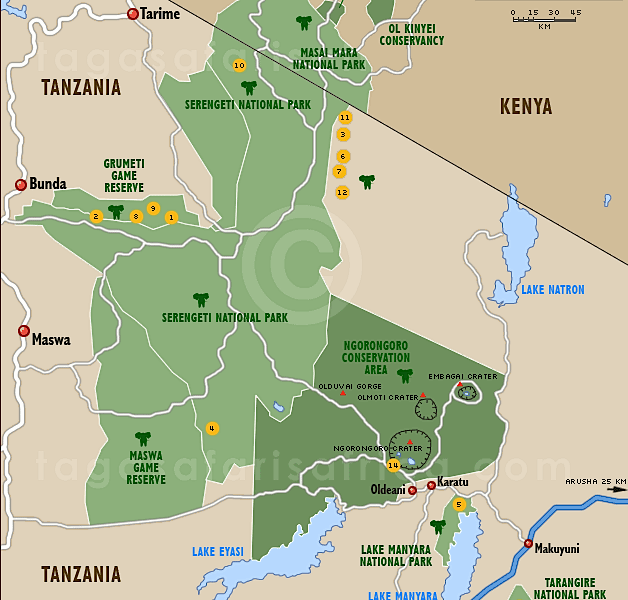
[image via]
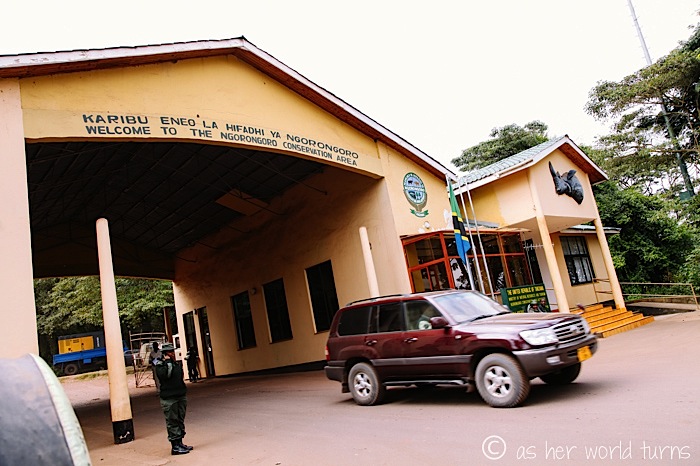
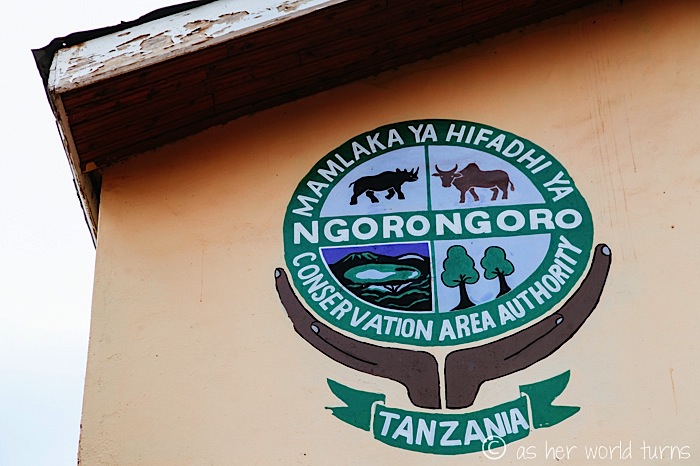
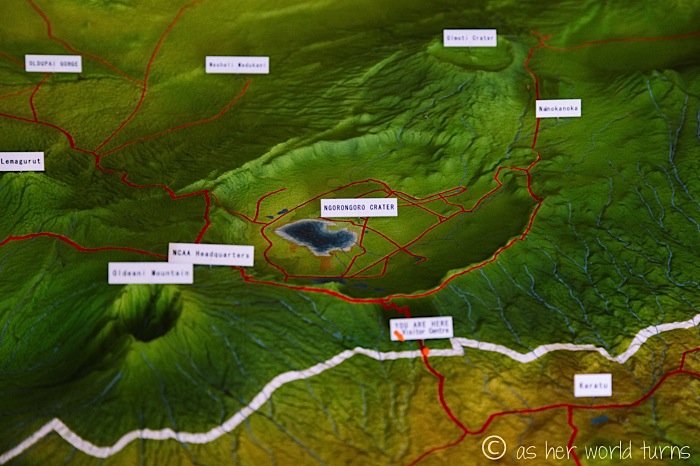
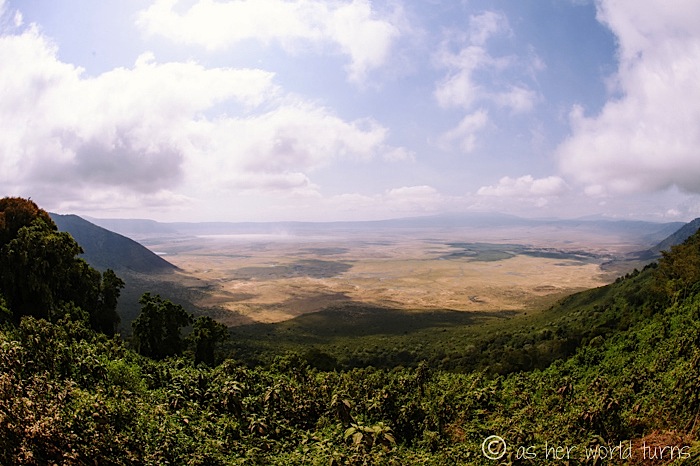
We reach the overlook, and it’s stunning — the Ngorongoro Crater is one of the areas where The Lion King supposedly takes place, and I can totally picture Rafiki holding up Simba as the entire animal kingdom looks towards their new king from the valley below.
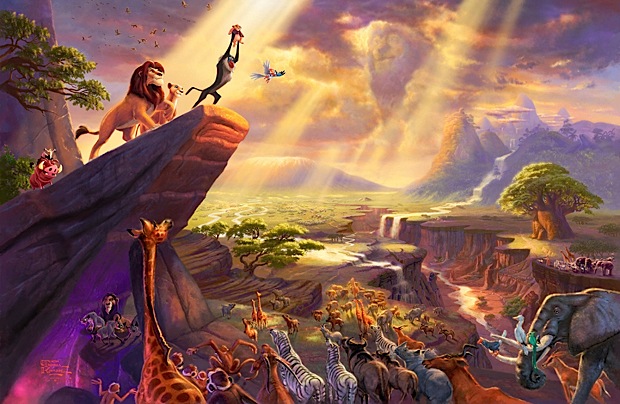
[image via]
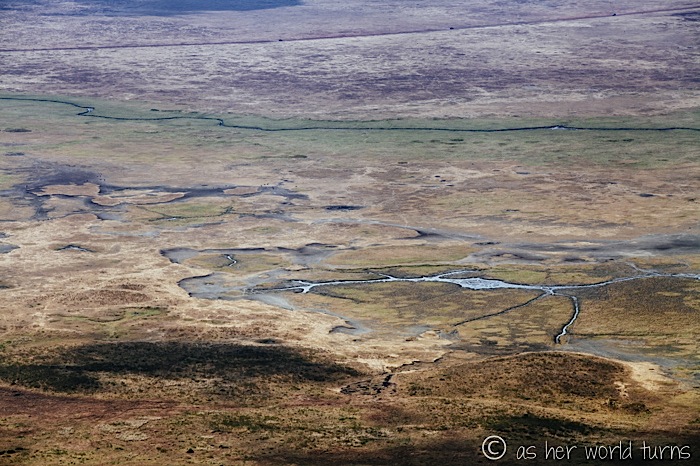
A heard of buffalo grazes WAY off in the distance. While this area isn’t very big geographically, at least compared to the Serengeti, it has a wide diversity of species. I can’t wait to drive around the Crater a few days from now.
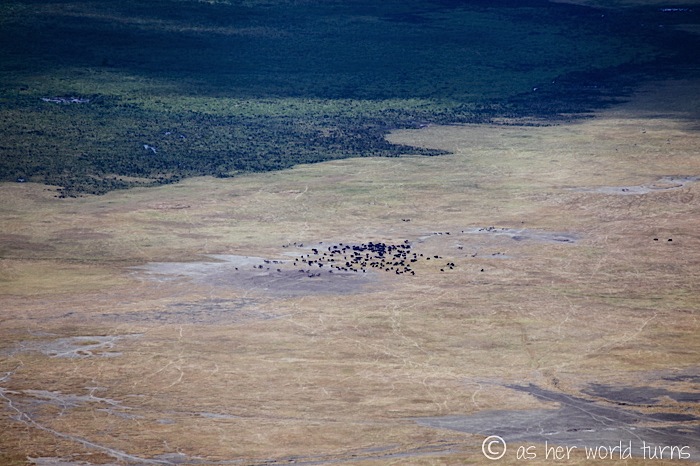
Bethany and I are officially #SistersOnSafari! (Our Instagram hashtag for this trip.)
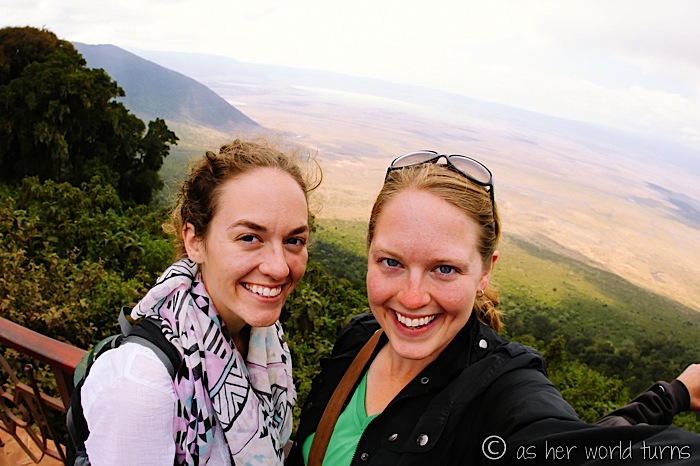
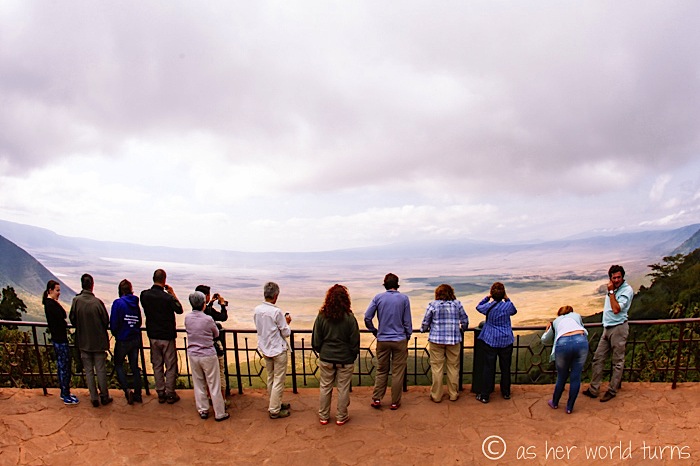
Quick story about this monument below dedicated to father-and-son conservationists from Germany, Bernhard Grzimek and Michael Grzimek. Bernhard was director of the Frankfurt Zoo for three decades, and his son Michael was a conservationist and filmmaker who explored national parks. Michael died in 1959 when his plane collided with a vulture over this part of the Ngorongoro Crater — his survey, which was basically finished at the time of his death, was a major reason that Serengeti National Park was enlarged to protect more territory. His dad Bernhard finished their second film together and it won the 1959 Oscar for Best Documentary. Bernhard was buried here next to his son when he died 28 years later in 1987 while falling asleep at a circus performance (what a way to go, huh?).

Sort of creepy side note: Michael had been married for four years at the time of his death to Erika Schoof, and they had two young sons. Twenty years later, his dad Bernhard married Erika and adopted his grandchildren as his own children. She was still married to Bernhard when he died at the circus.
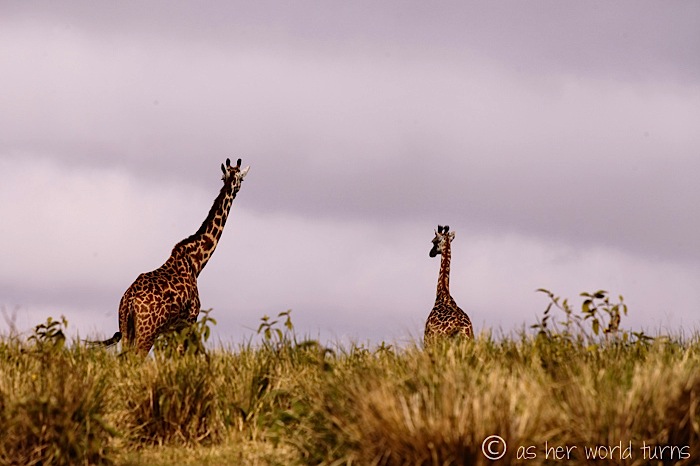
Giraffes graze near the road.
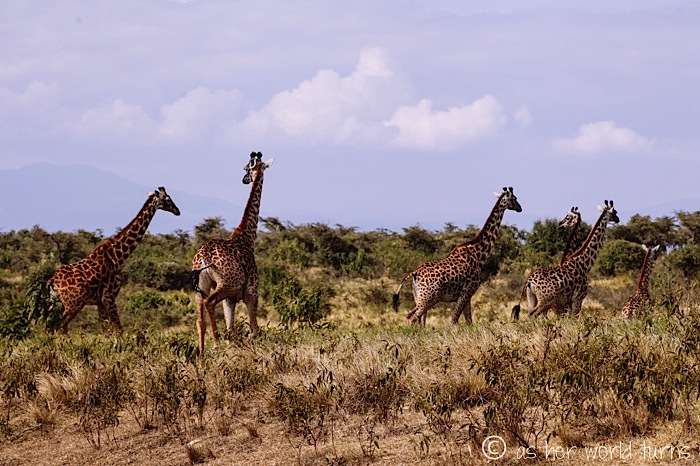
After driving quite a distance, we reach the first gate of the Serengeti. This road leads to the official check-in area / ranger station.
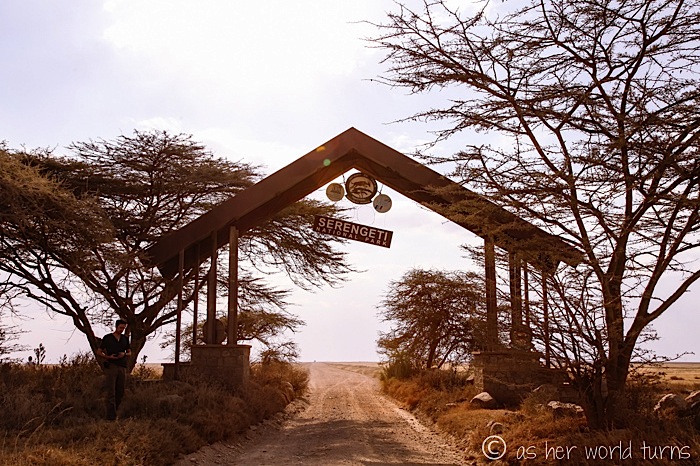

We stop briefly at the gate for photos. The name Serengeti translates to “endless” in Swahili, and it doesn’t take long to realize what an apropos moniker that is — these flat plains stretch on forever in every direction.

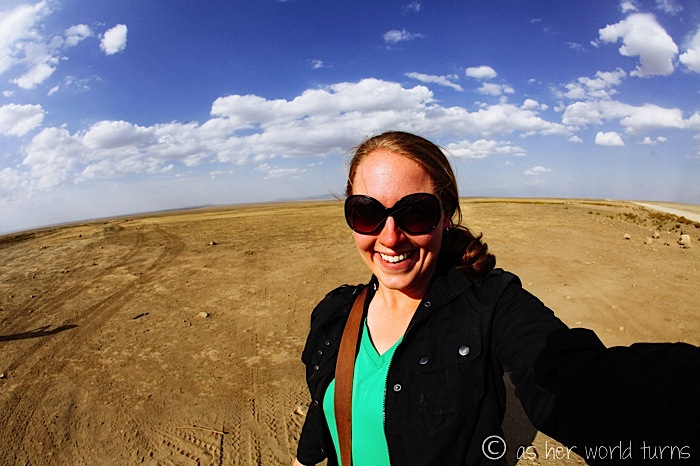
Back in the car, we glimpse a bit of wildlife on the way to register at the ranger station.

This is a starling bird — I first saw these colorful creatures in Ethiopia a month earlier, and I’m still in awe anytime I spot a blur of their turquoise feathers fly by.
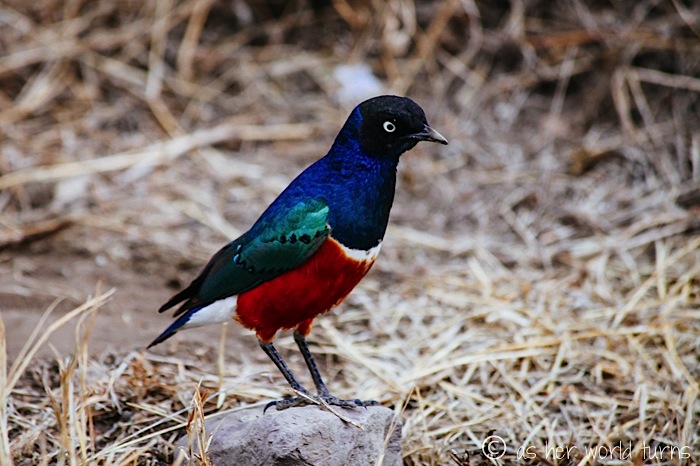
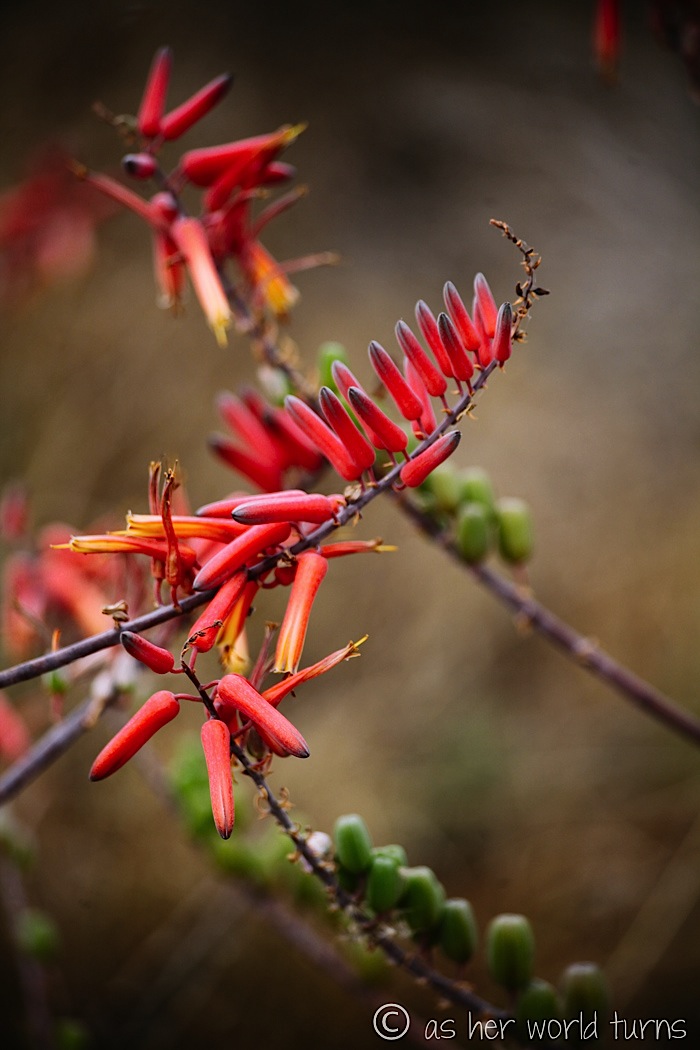
The official list of park entrance fees for the Serengeti are listed below. The first thing you’ll notice is that it’s not cheap… for adults, it’s $60 USD per day (although Tanzanian citizens may enter for much less). Even public campsites are quite expensive at $30-$50 USD per adult, depending on the season. Vehicles are anywhere from $40-$300 per day depending on the size. So while our three-day tour costs us around $700 each (which includes all park fees), it’s not all that cheaper to drive it yourself — for two people, it would cost $120 per day entrance fee, $40 per day for a small car, and $100 per night to camp… which totals $260 per day. That adds up to $780 for three days, plus the cost of a rental car and fuel, which let’s say adds another $150 total. Then we’re looking at $930 for a couple traveling by themselves vs. $1400 if they go on a tour. No matter how you slice it, it’s still incredibly expensive. But there is only one Serengeti so Tanzania’s National Park Service can get away with charging these rates.
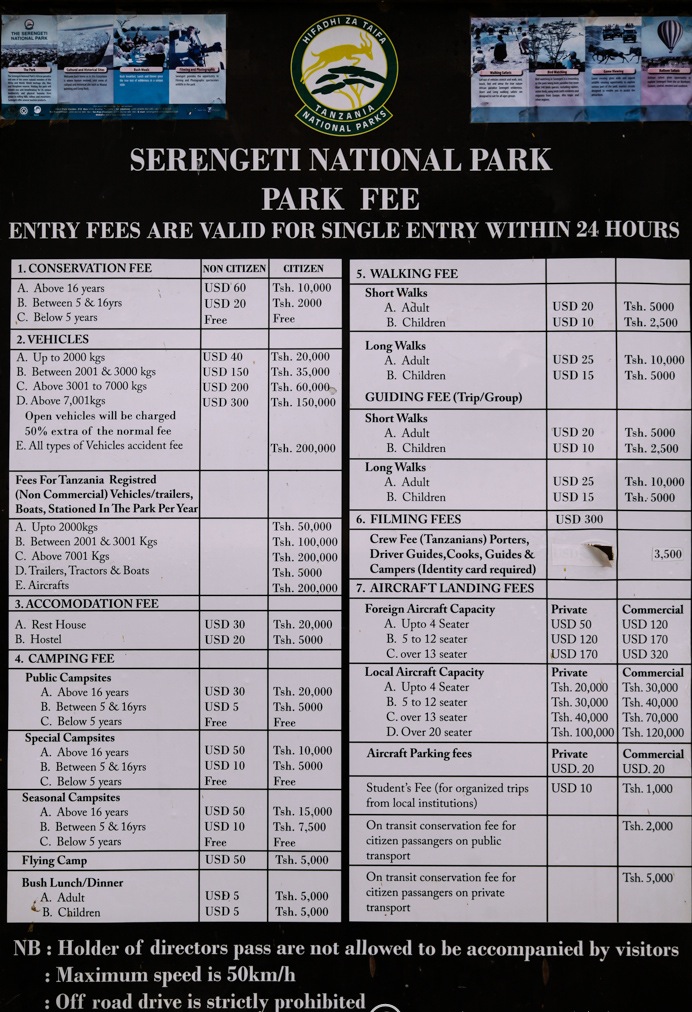 Our tour guide gives us a 15-minute break at the ranger station while he fills out paperwork. We climb a short path to an overlook and spot this guy — an Mwanza flat-headed rock agama lizard with electric hues of pink, orange, and blue. He kindly poses while we all move in for photos.
Our tour guide gives us a 15-minute break at the ranger station while he fills out paperwork. We climb a short path to an overlook and spot this guy — an Mwanza flat-headed rock agama lizard with electric hues of pink, orange, and blue. He kindly poses while we all move in for photos.
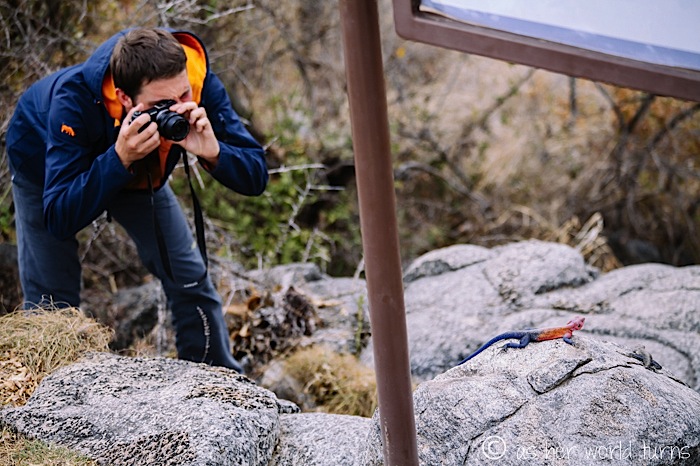
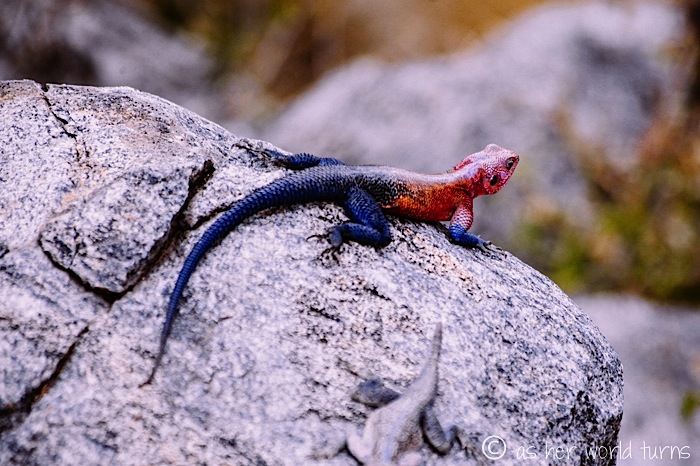
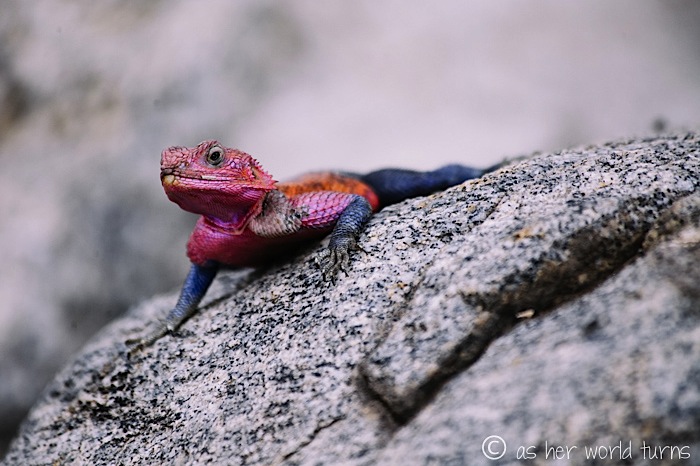
And then we’re off! Our driver pops open the roof so we can get a better view during our first game drive in the Serengeti.
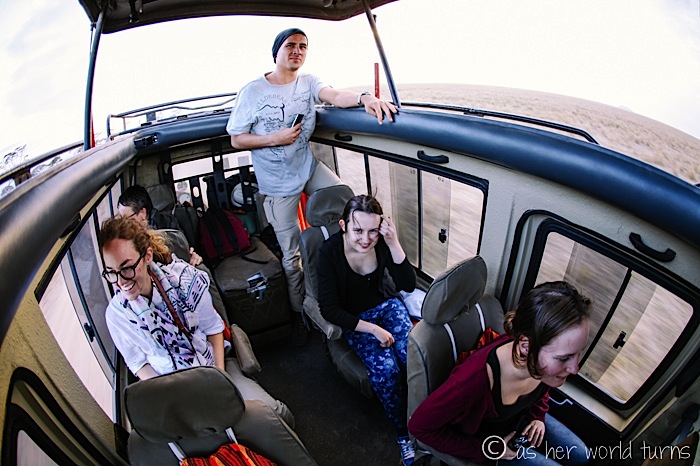
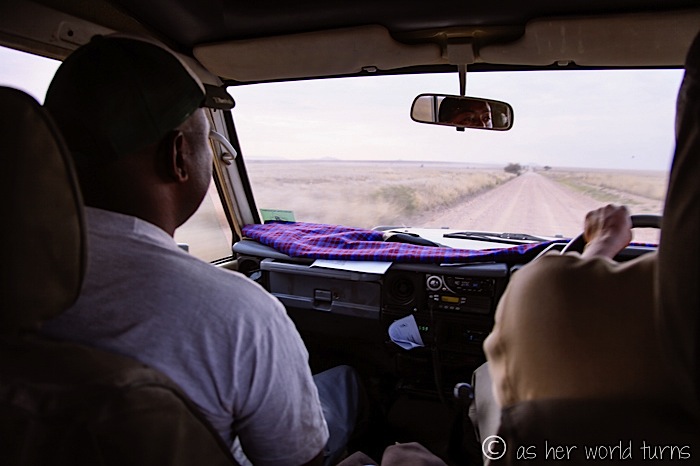
A hippo rests in a small pool:
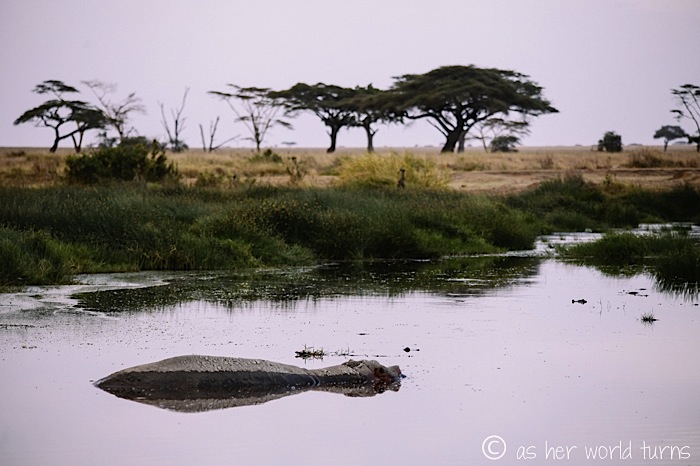
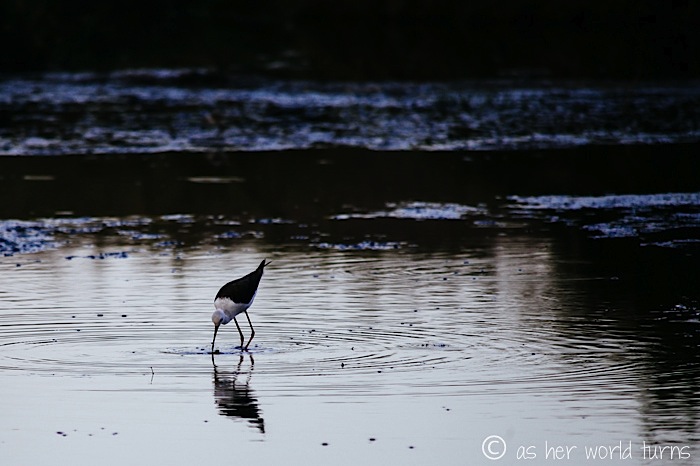
It’s getting late and before we know it the sun starts to go down. Luckily the day still has a few tricks up its sleeve…
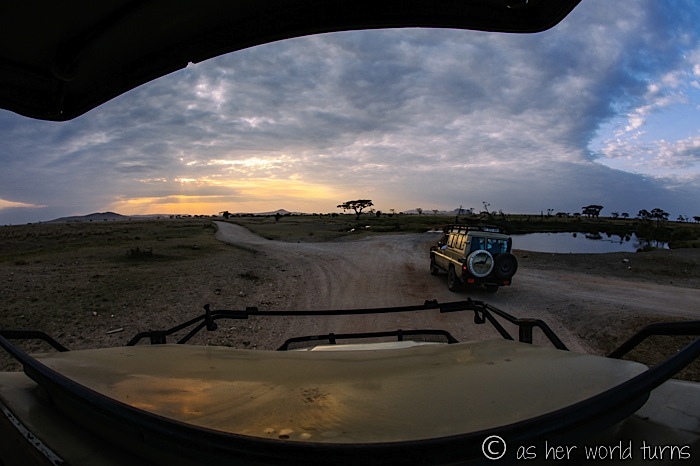
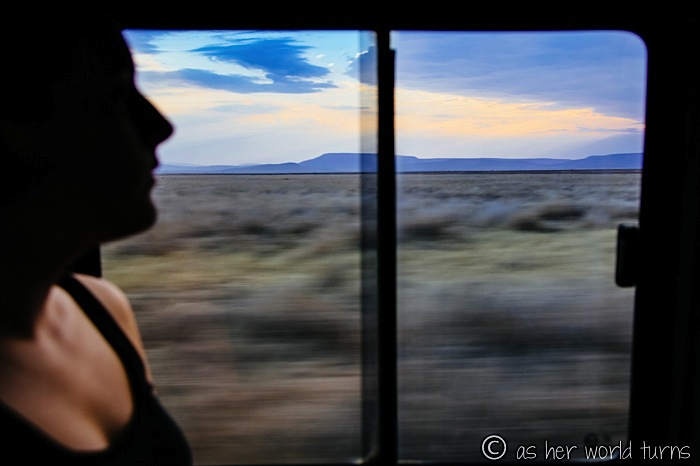

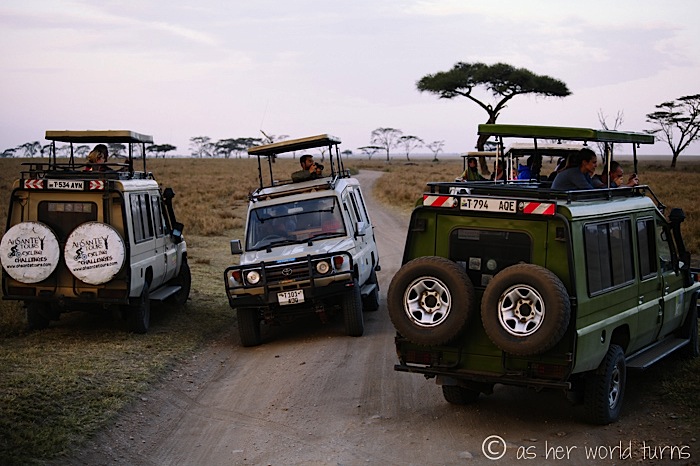
We spot a group of safari vehicles gathered together, which can only mean one thing… wildlife is in the vicinity. We whip out the binoculars and cameras.
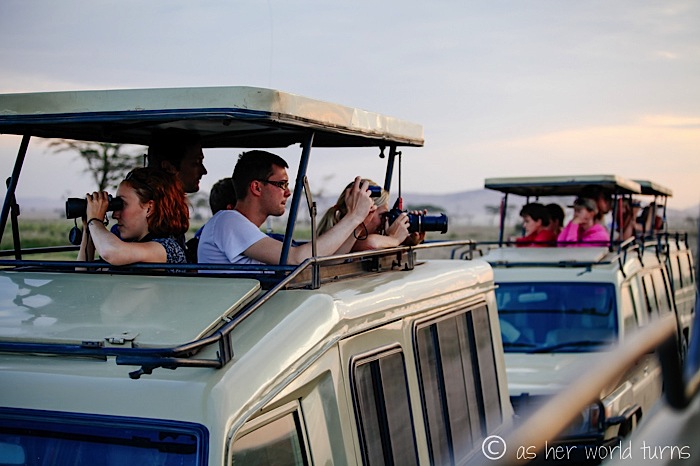
And we watch Simba eat Pumbaa. Disney would be horrified.
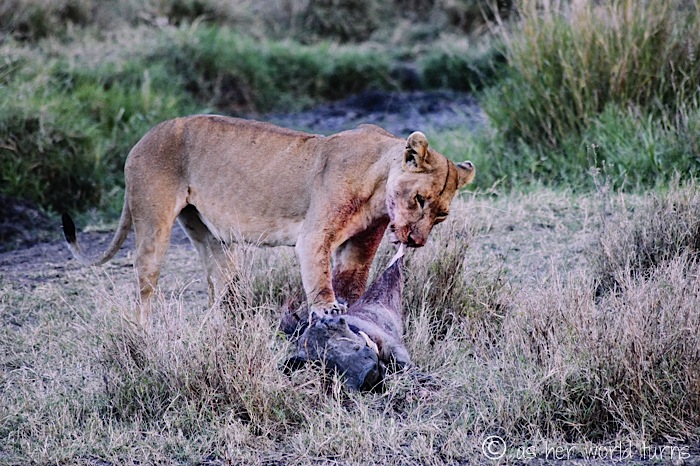
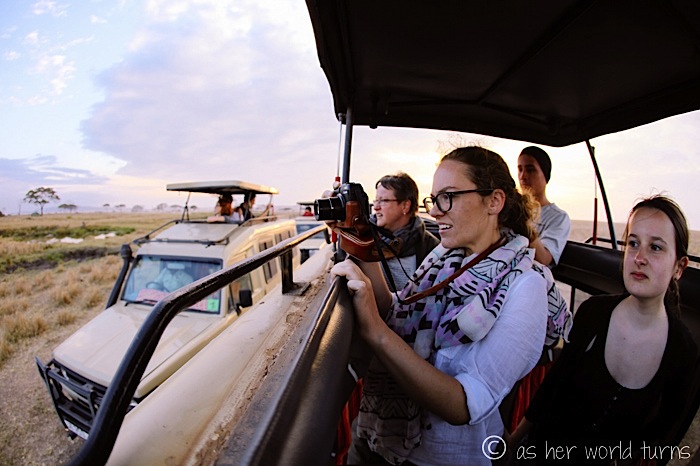

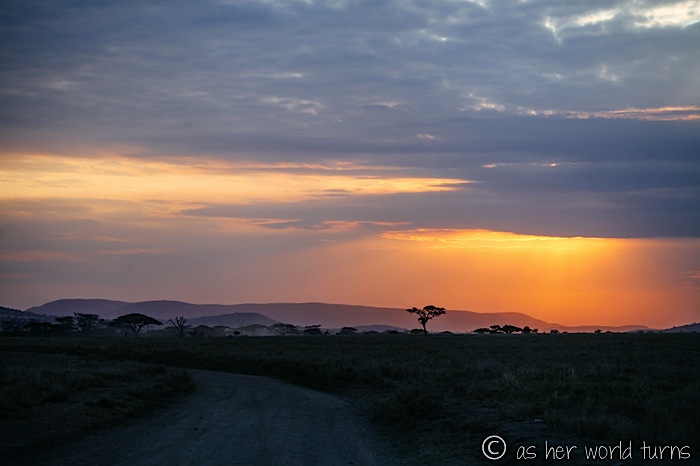
And then we hit the safari jackpot — we find a pride of lions sitting in tall grass, nearly camouflaged, as a bold Africa sunset descends in the background.


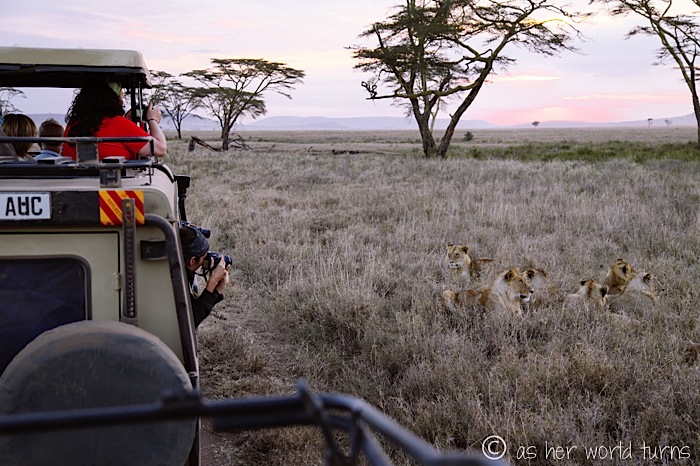
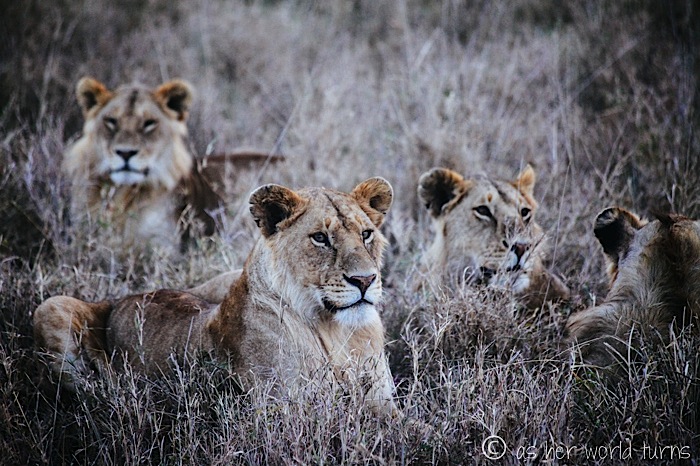
Our tour mate Robin from the Netherlands snaps this photo of me taking pictures. I love when someone gets a candid action shot of me, especially when my hair is behaving.

Back to the stars of the show:


A safari vehicle zooms off in the distance, leaving a cloud of dust in its wake. Could this be any more picture perfect?
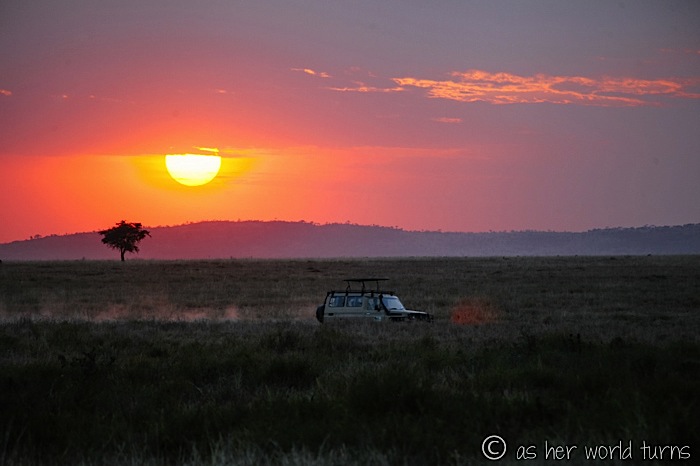
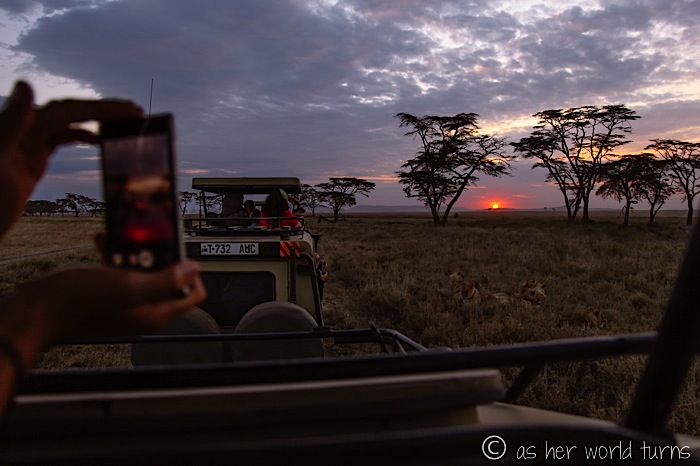
These lions seem so docile. They’re just dozing; occasionally one will pop up its head, then lay it back down again. They seem so cuddly! If I didn’t think they might bite my head off, I’d be tempted to curl up next to them.
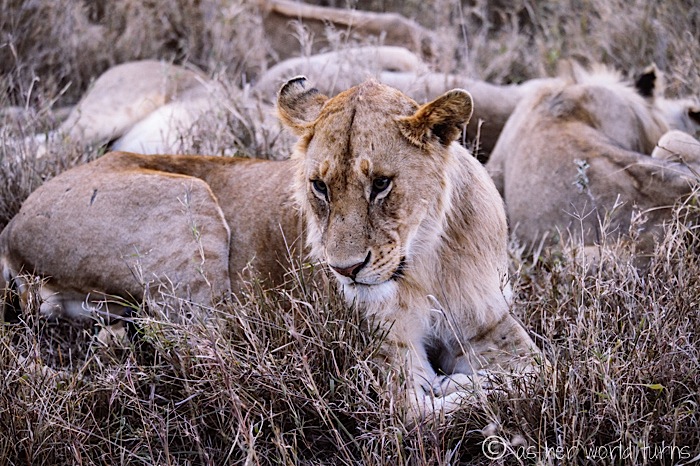
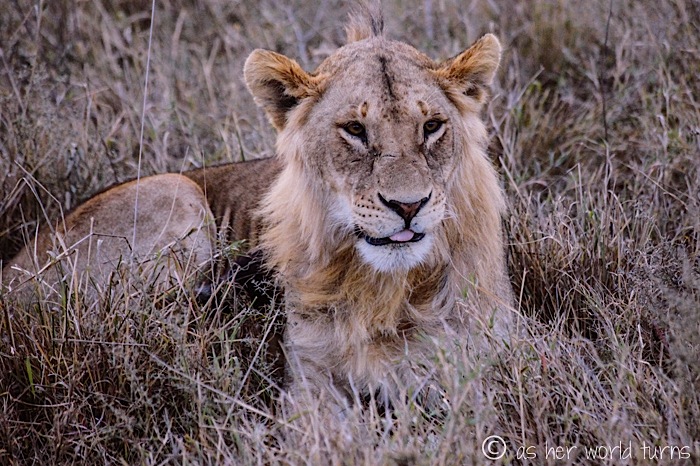


What an introduction to the vast plains of the Serengeti.
Tomorrow we have an all-day game drive planned. Fingers crossed we’ll spot more impressive wildlife.
Many thanks to Nomad Tours for discounting my tour in exchange for photography and blogging. Opinions are my own.

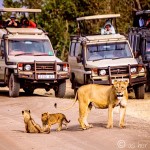
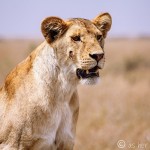
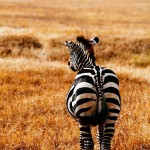
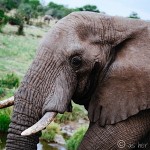
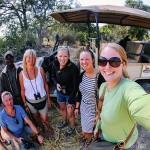
Stunning photography!
Thanks Momma! XOXO!!